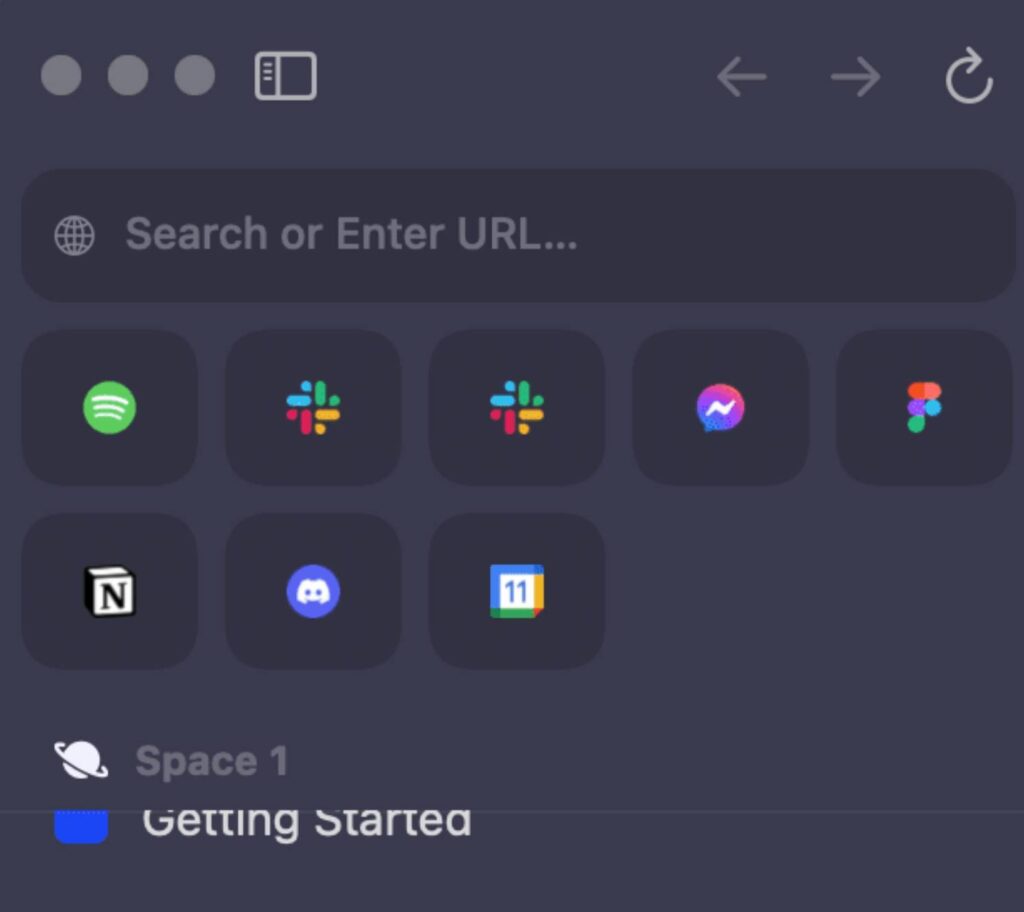The Arc Browser, developed by The Browser Company, has gained prominence among Mac users for its minimalist design and unique features. Originally limited to Mac, the beta version of Arc has now been extended to Windows, marking a significant expansion for the browser.
Beta Registration and Waiting List
The Browser Company recently announced the availability of Arc for Windows through a beta registration process. Interested users can sign up on the official website, ‘isarconwindowsyet.com,’ created with a touch of humor acknowledging the anticipation among Windows users. The registration form includes a questionnaire, gauging users’ willingness to tolerate bugs and collecting information about their system specifications, such as the version of Windows, processor type (Intel, AMD, Qualcomm), and available memory.

Technical Details
Josh Miller, CEO of The Browser Company, shared insights into the development process via tweets on X. He revealed that the Windows version of Arc was built using Swift, Apple’s programming language, a decision met with skepticism but embraced for its creative possibilities. Miller emphasized the unconventional approach, stating, “There’s so much ambiguity, and it’s so intriguing. We have no idea what will happen next.”
User Base and Expansion Plans
The waiting list for Arc on Windows has already amassed 700,000 registered users, reflecting the high demand for the browser. The company aims to provide access to Arc for all registered users by the end of spring 2024. In December, the company plans to onboard several hundred beta users, with an accelerated pace of adding new users in the upcoming year. However, it remains uncertain whether all features available on the Mac version will be replicated in the Windows version.

The expansion of Arc to Windows signifies The Browser Company’s commitment to reaching a broader user base. As the beta phase progresses, users can expect a unique browsing experience with Arc’s minimalistic design and innovative features, although the full feature parity between Mac and Windows versions remains to be seen. Stay tuned for further developments in the evolving landscape of web browsers.
